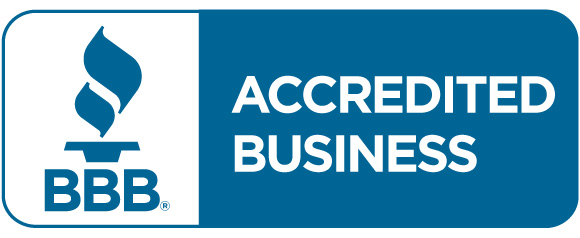Roof Inspections 101: How to Examine Your Roof
Bay Area Roofing Tips
 This is the time of year that our roofing company gets a lot of calls from Bay Area homeowners and commercial landlords with panicked roof questions. Why?
This is the time of year that our roofing company gets a lot of calls from Bay Area homeowners and commercial landlords with panicked roof questions. Why?
Unfortunately, many property owners have been taught (wrongly) that they only need to do roof inspection once a year, in the fall – prior to winter. Truth be told, windstorms, ice build-ups, falling debris, and even extreme temperature fluctuations can all create roofing problems and “pave the way” for leaks, mold, mildew, and structural damage.
Before you panic, take a second to read through this quick guide on how to examine your roof. If necessary, please connect with a roofing contractor at Ben’s Roofing to assess your needs in greater detail.
Plan before you go up there. Here’s a guide to key “inspection hotspots”:
- Flashings. These are the metal pieces that go over your pipes, chimney, and other components. They protect the roof (and other sensitive elements) from weather damage. If the flashings are falling off or rusted out, they may need to be replaced, and there may be additional damage to the walls and structures below them.
- Asphalt shingles. Asphalt roof shingles, over time, become smooth and lose their grainy coating. If the granules have come off the shingles — or if they’re torn, warped, or curled — replace some or all of them, before serious weathering damage happens.
- Wooden shingles. Wood gets weathered and warped in a different way. Wood shakes or shingles can get discolored, warped or rotted out. Again, you may need to repair or replace bad shingles or even replace whole elements of the roofing structure.
- “High end shingles” (e.g. clay, slate, etc). These shingles can last decades, and they may not need much maintenance. But they can break due to their inherent brittleness, and they can also get warped or discolored by extreme weather, debris, etc.
- Metal. Maintained metal roofs can last half a century or longer, if appropriately cared for and painted. Different types of metal wear differently. Copper, for instance, can be oxidized and corroded. Iron and steel can be pitted and discolored.
- Evaluate the roof structure holistically and thoroughly. Your shingles may look intact or “generally okay,” but there may be a leak or other problem underneath or close by that hasn’t yet corrupted the shingles.
Contact a Bay Area Roofing Contractor with Concerns
For help with roof repair or maintenance, get in touch with the Ben’s Roofing team today by calling 510-690-8570 for any questions or concerns you may have, or for a free, friendly estimate.



